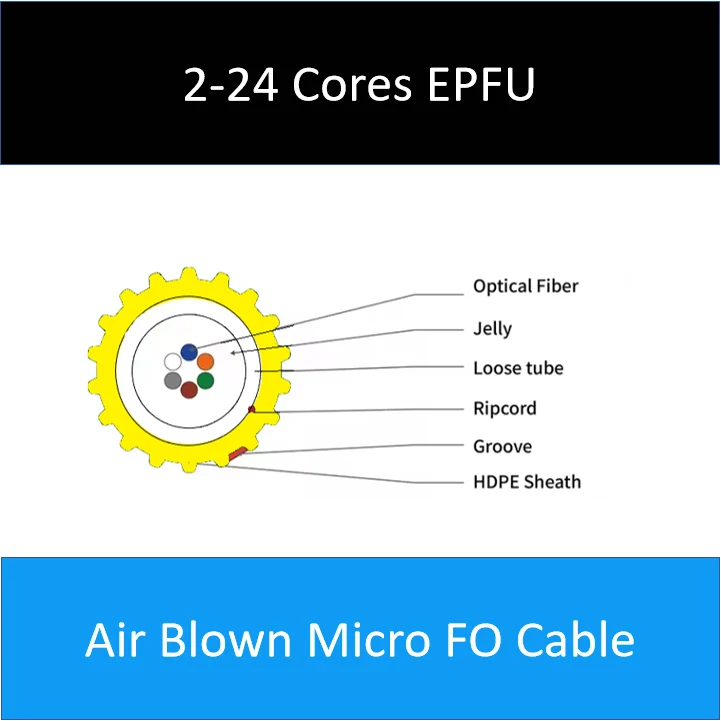Solution
- Building A, Republic International Business Plaza, No. 3699 Gonghexin Road, Jing'an District, Shanghai
- +86-21-59175887
- market@soctfiber.com
- 86-17321363317
- 86-13341796231
ADSS Fiber Optic Cable Installation Solution
1.Table of Contents
1.1 Overview of ADSS Hardware
1.2 SoctFiber’s ADSS Hardware Products
- Dead-End Clamps
- Suspension Clamps
- Vibration Dampers
- Downlead Clamps
- Cable Storage Systems
1.3 Installation Equipment and Technical Data
1.4 Best Practices for ADSS Installation
1.5 Conclusion
2.Overview of ADSS Hardware
An ADSS Hardware Solution refers to the complete set of mechanical accessories used to support and secure All-Dielectric Self-Supporting (ADSS) cables in aerial installations. These hardware components directly impact the safety, durability, and performance of the optical cable network.
With rising demands for safe and long-span overhead optical deployments, companies like SoctFiber lead the market with reliable ADSS hardware designs.
3.SoctFiber’s ADSS Hardware Products
SoctFiber is committed to providing high-quality ADSS hardware products that facilitate safe installation and maintenance. The following are the key hardware components:
Dead-End Assemblies
Dead-end assemblies are crucial for terminating ADSS cables at poles or towers, providing the necessary grip to hold the cable under tension. They ensure that the cable remains securely in place, even under environmental stresses such as wind or ice loading. These assemblies are designed to distribute the load evenly, minimizing stress concentrations that could damage the cable.

Suspension Clamps
Suspension clamps support ADSS cables at intermediate points between dead-end assemblies. They allow the cable to hang and maintain the appropriate sag, accommodating natural movements caused by wind or temperature changes. Properly designed suspension clamps minimize stress on the cable, thereby extending its lifespan. For instance, AFL offers trunnion assemblies with various mounting capabilities, including bolted, banded, or standoff options, to suit different installation requirements.

Vibration Dampers
Vibration dampers mitigate the effects of aeolian vibrations—oscillations caused by wind—that can lead to cable fatigue and eventual failure. By dissipating the energy from these vibrations, dampers protect the structural integrity of the ADSS cable. AFL’s spiral vibration dampers are designed to reduce overall vibration on bare ADSS cables, thereby enhancing their durability.

Downlead Clamps
Downlead clamps are used to guide ADSS cables from the aerial position down the side of poles or towers to termination points or splice enclosures. They ensure the cable is held firmly and routed correctly, preventing damage from excessive bending or movement. Proper routing is essential to maintain the cable’s performance and longevity.

Cable Storage Systems
Cable storage systems provide a method for neatly storing excess lengths of ADSS cable, often referred to as slack storage. Proper slack storage is essential for future maintenance and network reconfiguration, allowing technicians to access additional cable length when needed without compromising the existing installation. For example, the FIBERLIGN® Cable Storage system supports a 33-inch loop diameter, accommodating various cable sizes.

4. Installation Equipment and Technical Data
Here’s a table with the main tools and their specifications from SoctFiber’s installation standards:
| Equipment Name | Key Specifications | Usage Description |
| Tensioner | Max tension:10kN,,CableΦ: 9-20mm | Controls cable tension during pay-off |
| Puller | Max pulling force: 8kN, Speed: 0-60 m/min | Pulls ADSS cable through the span |
| Pulley | MinΦ:400mm,Material: Nylon or aluminum alloy | Guides the cable and reduces surface wear |
| Anti-twist Device | Stainless steel,Diameter match:9-20mm | Prevents twisting and internal fiber strain |
| Mesh Pulling Grip | Length: 1.5-2.5m, Galvanized steel | Provides uniform load during cable pulling |
5. Best Practices for ADSS Installation
To ensure longevity and performance of ADSS systems, follow these practices:
5.1 Site Assessment
Evaluate the site environment, pole distances, angles, and potential obstructions. Use GPS and drone surveys if necessary.
5.2 Tension and Sag Control
- Maintain tension below 20% of Rated Tensile Strength (RTS)
- Use the equal-length method for sag accuracy
- Avoid sharp bends – maintain ≥20D bending radius
5.3 Weather and Safety
- Avoid installation in strong wind (above level 5), rain, or lightning
- Use insulated tools and protective gear
- Follow OSHA and IEC installation safety protocols
5.4 Hardware Matching
- Each ADSS drum must match the tower design and hardware
- Do not mix cables, clamps, or accessories between spans
5.5 Final Testing
- Use OTDR at 1550nm to test attenuation
- Log cable routing, drum ID, and splicing map
- Store documents for future inspections
6. Conclusion
The success of any aerial fiber optic deployment depends on a robust and professionally executed ADSS Hardware Solution. With over a decade of engineering excellence, SoctFiber delivers tested, high-performance hardware components that meet international standards.
By choosing SoctFiber’s reliable dead-end clamps, vibration dampers, suspension clamps, and smart storage systems, you’re investing in network longevity and operational efficiency.
Related Products
No results found.




